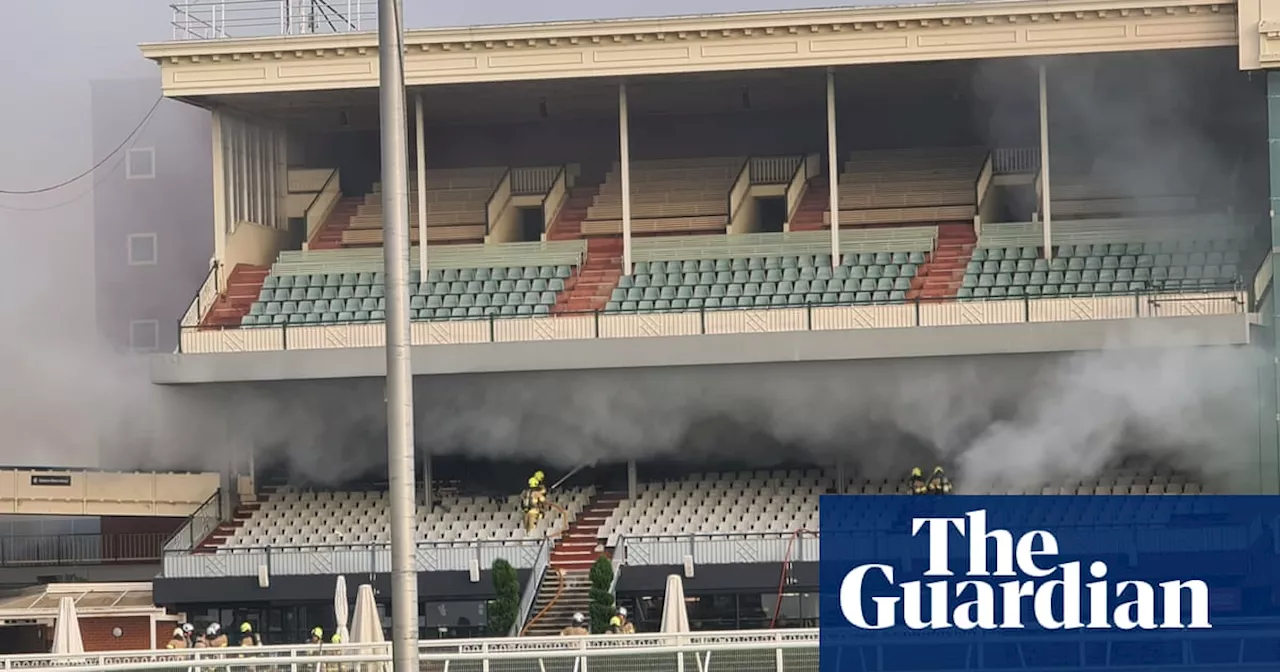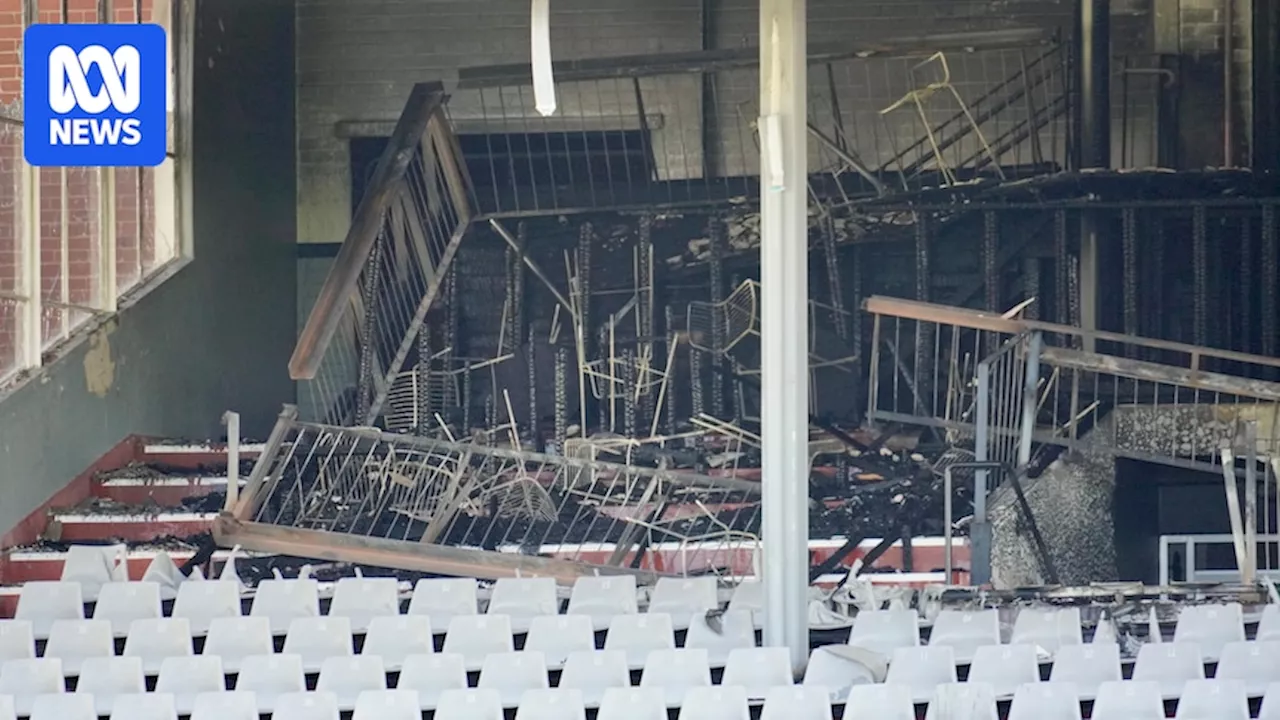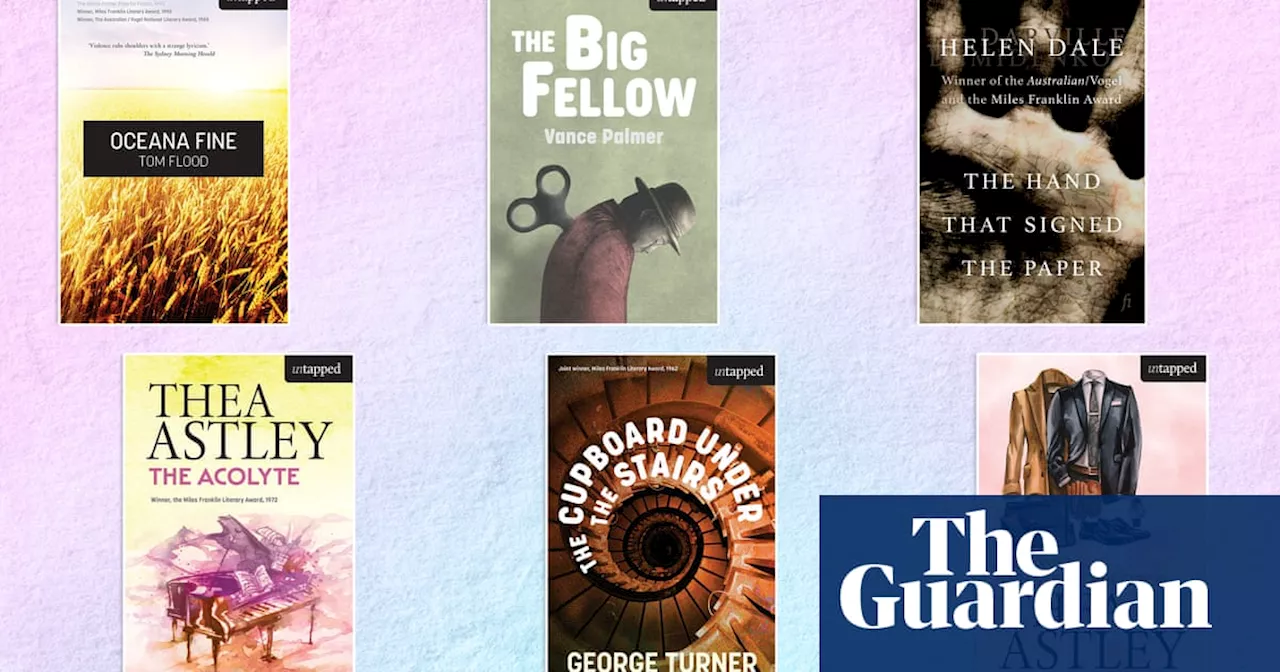Victoria's Goldfields are on the verge of achieving global recognition as a UNESCO World Heritage site. The state and federal governments have declared that the region's rich history demands this prestigious designation. The Goldfields will be formally nominated for inclusion on UNESCO's tentative list on Friday, marking the first step towards World Heritage status. This historic region boasts a captivating narrative spanning waves of migration, the establishment of thriving towns amidst a challenging landscape, and the enduring legacy of First Nations communities who have cared for the land for millennia.
Victoria's Goldfields are on a fast track to becoming a World Heritage-listed location, as the state and federal governments declare the region's historic values demand global recognition. Australia will on Friday nominate the Goldfields for the United Nations Educational, Scientific and Cultural Organization’s ( UNESCO ) tentative list, which is the first formal step in World Heritage recognition.
The Goldfields are a rich historical landscape that tell the story of First Nations communities – including the Dja Dja Wurrung and Gunaikurnai peoples – as well as the hundreds of thousands of migrants who came to tap into the gold rush. 'The Victorian Goldfields tell so many stories – of waves of immigration, of building beautiful towns from a harsh landscape, that have stood the test of time. Of the local First Nations people who cared for and tended the land for tens of thousands of years,' said Environment Minister Tanya Plibersek. Victoria Premier Jacinta Allan, MP for the electorate of Bendigo East, located in the historic district, said the region boasted the most extensive and best-surviving gold-rush landscape in the world. 'From the historic streets of Bendigo to the grand buildings of Castlemaine and the untouched mining landscapes of Walhalla – the Goldfields stand as a living testament to those who came to Victoria, seeking a better life and how they transformed the state,' Allan said. The Goldfields were built on the windfall delivered by a mining boom that began with a discovery at Clunes in 1851 and spread across Victoria’s north. The state’s minerals boom was unusual because the alluvial deposits with gold lay near the surface, allowing thousands of hopefuls to tap the boom, which in turn fuelled spending in the towns that sprang up to service the diggings. Victoria’s non-Indigenous population soared from around 29,000 in 1851 to more than 120,000 within three years. Americans, Germans, Scandinavians, Britons and Chinese made the voyage to Australia. Towns such as Ararat, Ballarat, Bendigo and Castlemaine sprang up, with grand colonial buildings and public parks that testified to the newfound wealth. Melbourne, the port where most migrants came to join the gold rush, became one of the world’s richest cities. Former Victorian Labor premier John Brumby has been campaigning for World Heritage listing since 1988, when he was the federal member for Bendigo. Brumby, along with former Victorian Liberal premier Denis Napthine, is a patron of the campaign. 'It’s been a long time coming,' Brumby said. 'The Goldfields has the best streetscapes, the best architecture, the best-preserved mining sites and buildings, which of course builds on Indigenous heritage as well. 'Apart from the extraordinary wealth that it created, the 1850s gold rush was biggest mass movements of people in the world to that time, and people from countries all around the world came to Victoria to hunt for gold, and drove dramatic change in Victoria and Australia. 'It’s an extraordinary global story about the movement of people and the creation of wealth, communities and democracy.
VICTORIA GOLDFIELDS WORLD HERITAGE UNESCO HISTORY FIRST NATIONS GOLD RUSH MINING IMMIGRATION
Australia Latest News, Australia Headlines
Similar News:You can also read news stories similar to this one that we have collected from other news sources.
 Moon placed on World Monument Fund list of heritage sites in need of protectionWith a number of commercial missions heading to the Moon this year, heritage organisations are concerned about potential damage to historic sites.
Moon placed on World Monument Fund list of heritage sites in need of protectionWith a number of commercial missions heading to the Moon this year, heritage organisations are concerned about potential damage to historic sites.
Read more »
 Queensland Minister Risks Wrecking World Heritage Island by Rejecting Dingo Attack CapsThe new environment minister in Queensland faces criticism for rejecting plans to cap visitor numbers on K'gari (formerly Fraser Island), a move that could exacerbate the issue of dingo attacks and worsen the ecological impact of overcrowding.
Queensland Minister Risks Wrecking World Heritage Island by Rejecting Dingo Attack CapsThe new environment minister in Queensland faces criticism for rejecting plans to cap visitor numbers on K'gari (formerly Fraser Island), a move that could exacerbate the issue of dingo attacks and worsen the ecological impact of overcrowding.
Read more »
 How Italy’s Carabinieri cultural heritage protection squad foiled tomb-raidersThe force recently uncovered a clandestine dig in the middle of Naples
How Italy’s Carabinieri cultural heritage protection squad foiled tomb-raidersThe force recently uncovered a clandestine dig in the middle of Naples
Read more »
 Man Accused of Arson at Heritage Racecourse Remains in CustodyA man facing nine charges, including arson, is accused of setting fire to a heritage-listed grandstand at a Melbourne racecourse, causing millions of dollars in damage and disrupting racing fixtures. He remains in custody awaiting further court appearances.
Man Accused of Arson at Heritage Racecourse Remains in CustodyA man facing nine charges, including arson, is accused of setting fire to a heritage-listed grandstand at a Melbourne racecourse, causing millions of dollars in damage and disrupting racing fixtures. He remains in custody awaiting further court appearances.
Read more »
 Man Charged With Arson After Heritage Grandstand BlazeA 51-year-old man, Travis Bird, has been remanded in custody after allegedly starting a fire that significantly damaged a heritage-listed grandstand at Caulfield Racecourse in Melbourne's south-east. Bird faces nine charges, including arson, trespass, and burglary, related to the grandstand fire, as well as separate incidents involving a Jewish community center and several grassfires. His lawyer requested mental health monitoring due to Bird's overdue schizophrenia medication.
Man Charged With Arson After Heritage Grandstand BlazeA 51-year-old man, Travis Bird, has been remanded in custody after allegedly starting a fire that significantly damaged a heritage-listed grandstand at Caulfield Racecourse in Melbourne's south-east. Bird faces nine charges, including arson, trespass, and burglary, related to the grandstand fire, as well as separate incidents involving a Jewish community center and several grassfires. His lawyer requested mental health monitoring due to Bird's overdue schizophrenia medication.
Read more »
 Untapped Project Brings Australian Literary Heritage Back to LifeThe Untapped project, a three-year initiative, has rescued over 160 out-of-print books by notable Australian authors, including six Miles Franklin winners, and made them available as ebooks for the first time. The project aimed to address the issue of disappearing literary heritage and generate additional income for authors.
Untapped Project Brings Australian Literary Heritage Back to LifeThe Untapped project, a three-year initiative, has rescued over 160 out-of-print books by notable Australian authors, including six Miles Franklin winners, and made them available as ebooks for the first time. The project aimed to address the issue of disappearing literary heritage and generate additional income for authors.
Read more »
